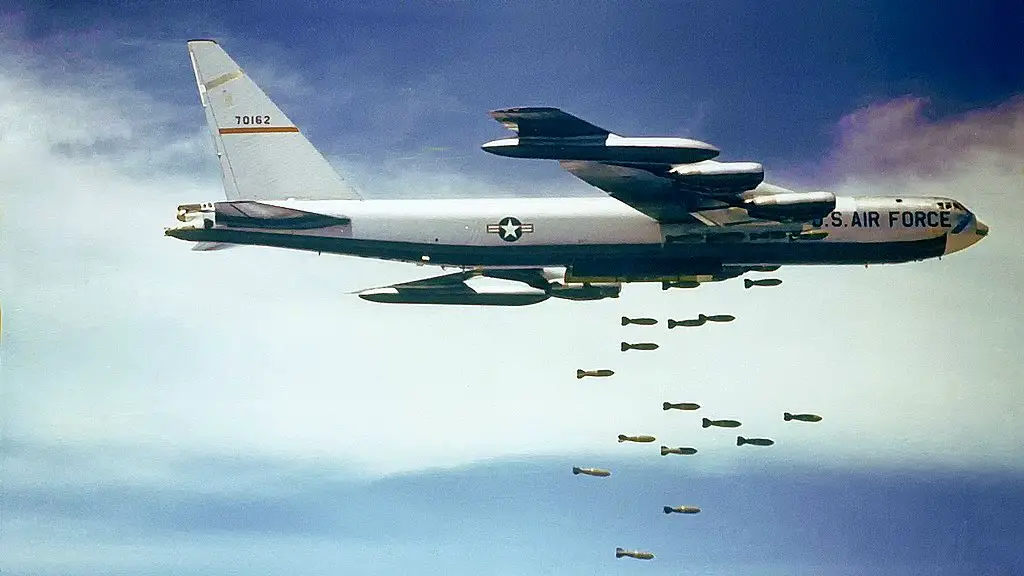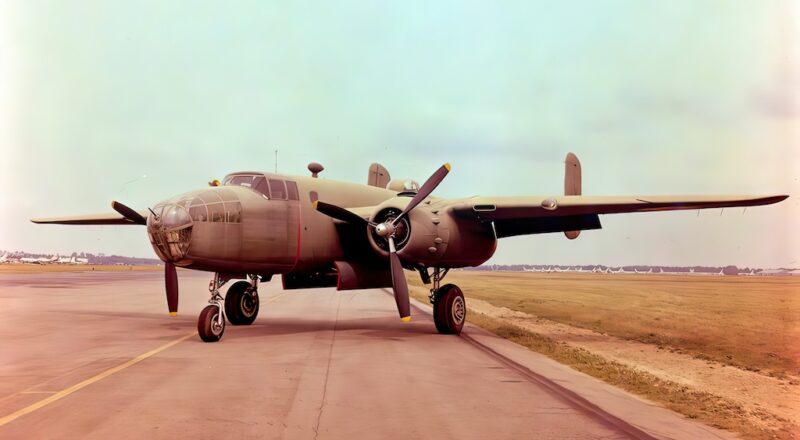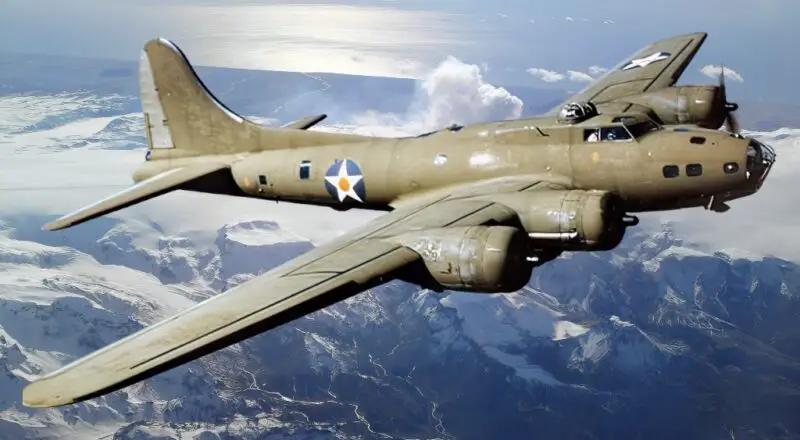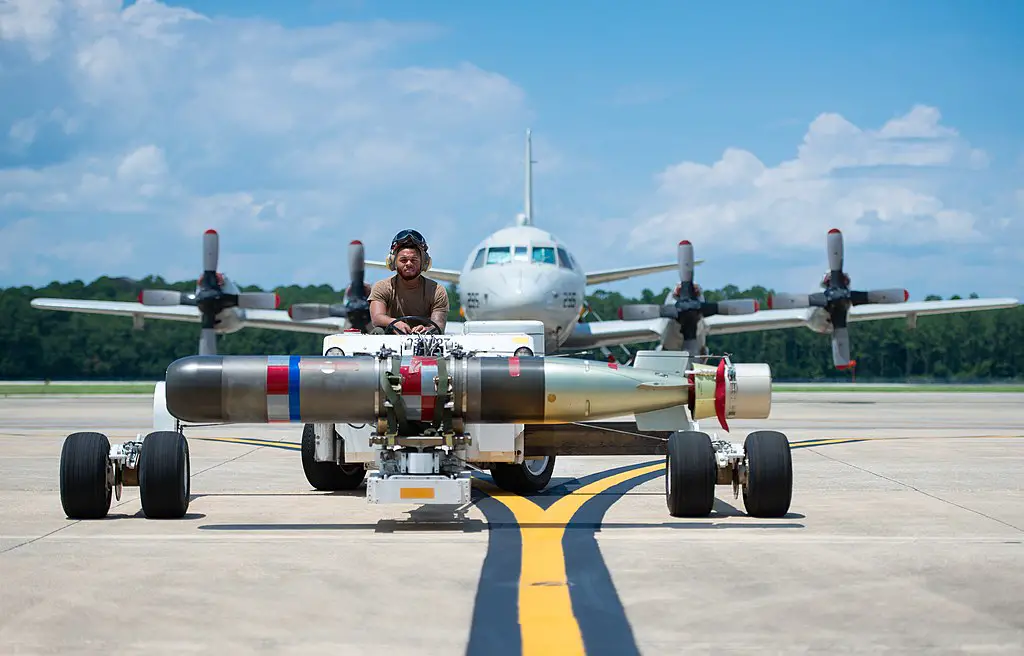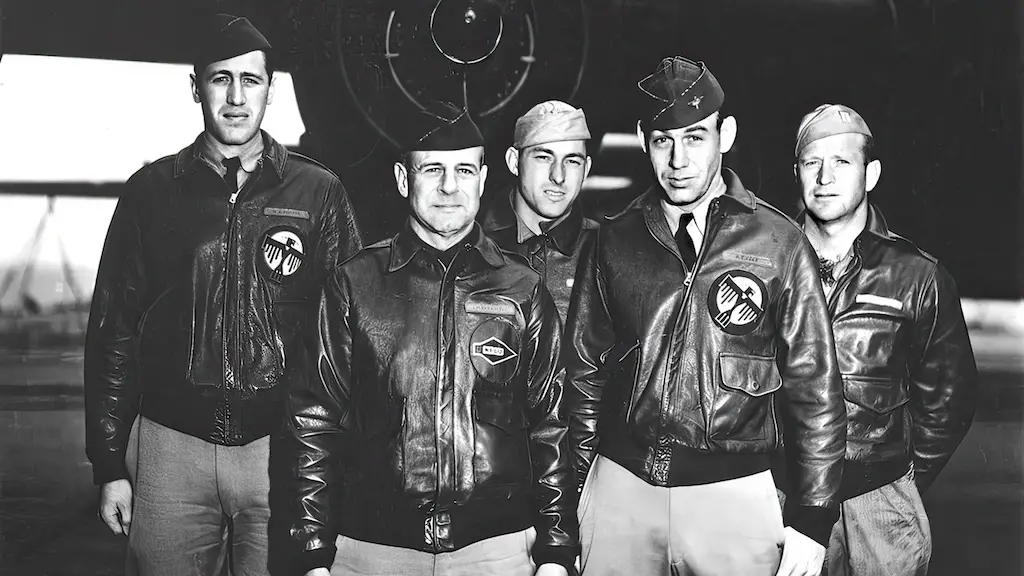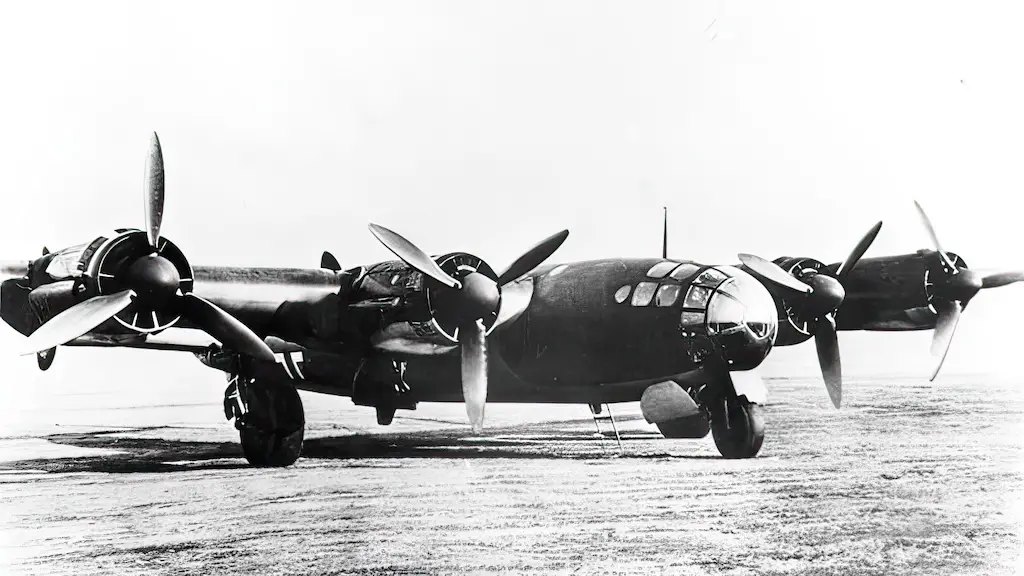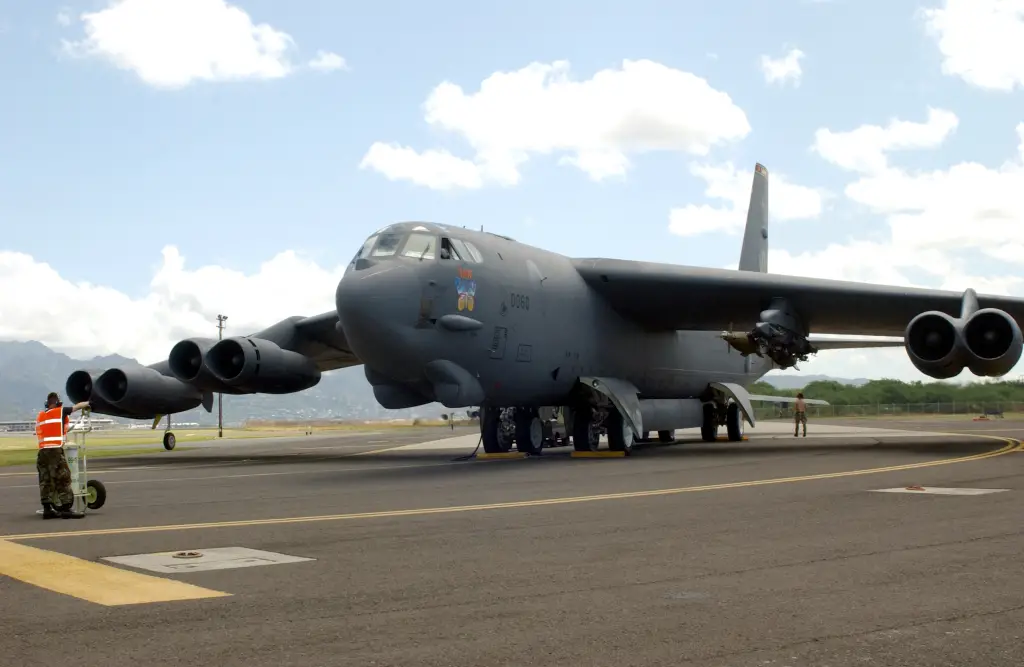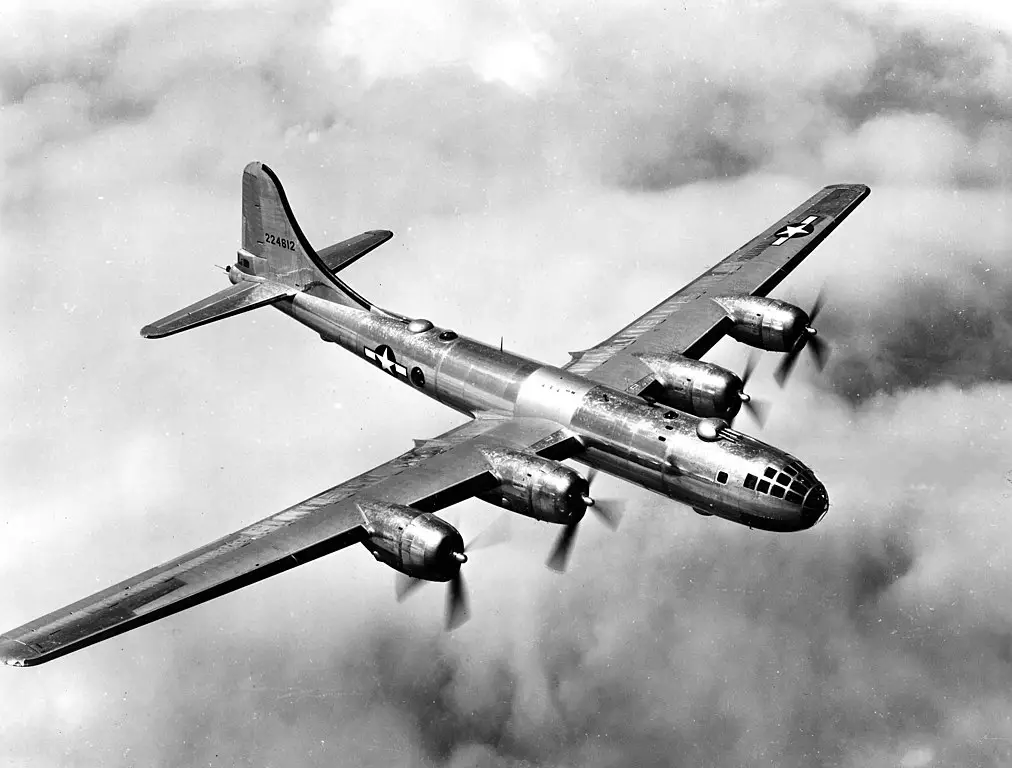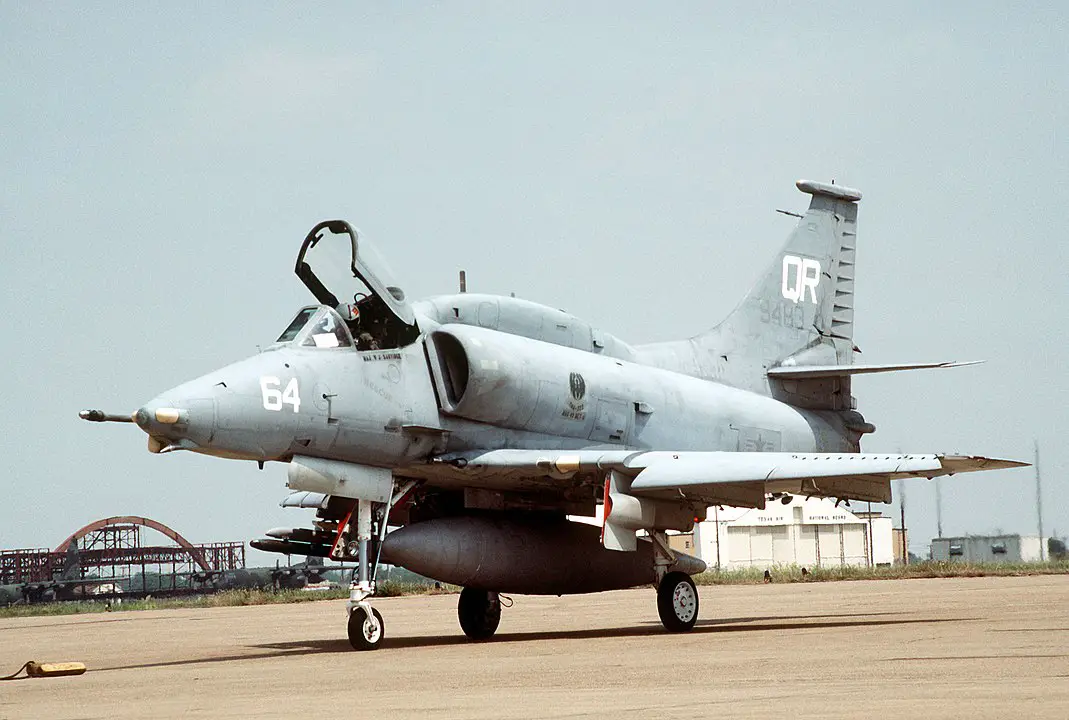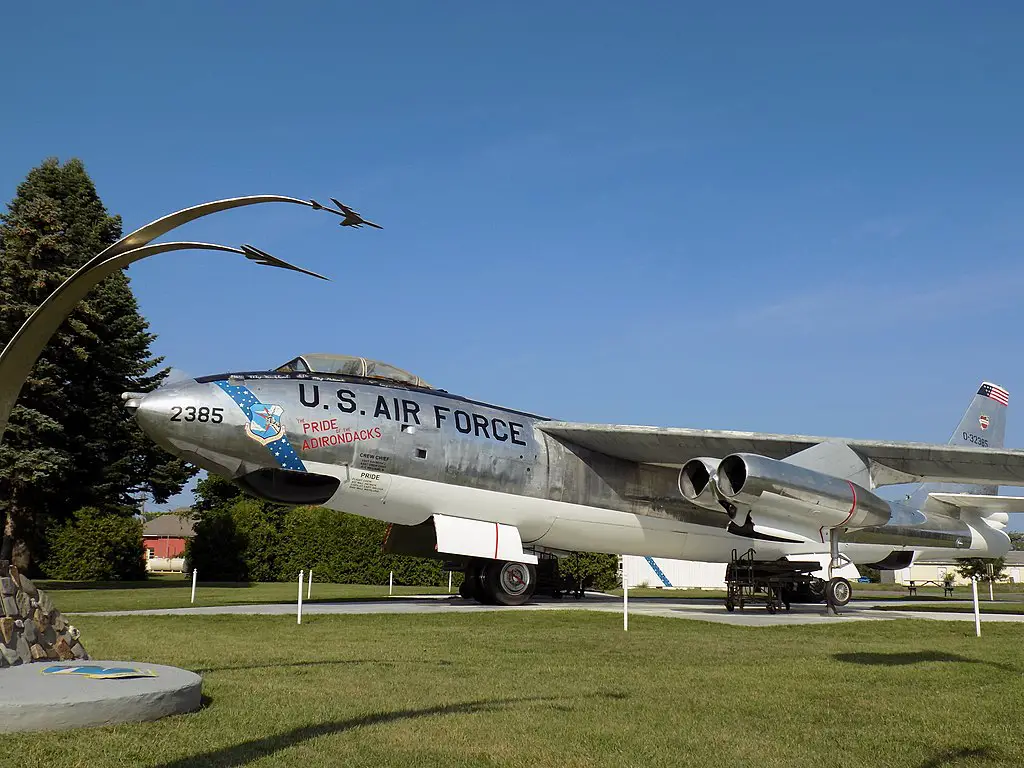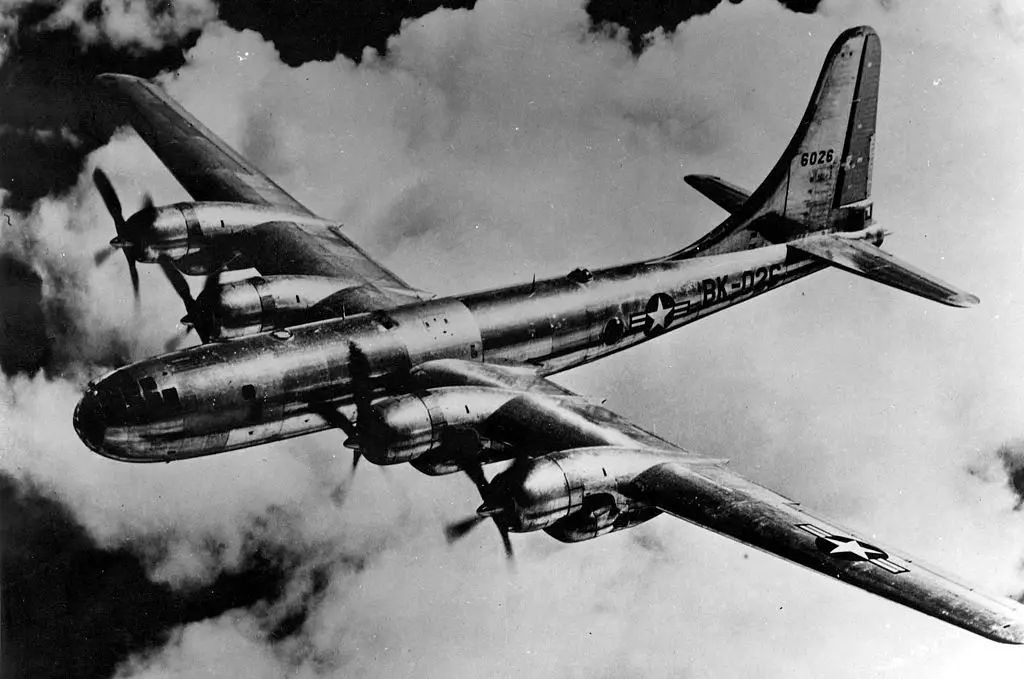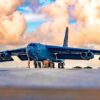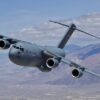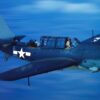Powerful weapons
Nuclear warheads are the most powerful weapons in the world. So it’s logical to assume that they are also the ones guarded best and handled with greatest care. Well, that’s true, for the most part. Yet, there’s a whole collection of incidents involving loss of aerial bombs with nuclear warheads. There’s even a special term, coined for this type of accidents, “Broken Arrow.”
On April 11, 1950, and just three minutes after taking off from Kirtland air base New Mexico, a B-29 Superfortress crashed into a mountain, killing all of its crew. According to the DoD report, “Both the weapon and the capsule of nuclear material were on board the aircraft, but the capsule was not inserted for safety reasons.” A detonation was thus not possible, as for radioactive contamination risk… well, the report says, “there were no contamination or recovery problems.”
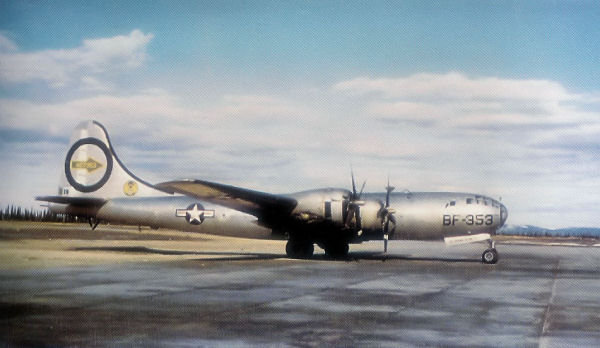
Things get messy
Things got messier in another incident in November of the same year. The crew of a B-50, a late modification of the Superfortress, experiencing engine trouble en route from Goose Bay to Davis-Monthan AFB, set to self-destruct and jettisoned a Mark IV bomb over Canada. The bomb’s high explosive charge detonated in the air near Riviere-du-Loup, Quebec.
Although there was no plutonium core at the moment, about 100 pounds of uranium used in the bomb’s tamper were scattered in the explosion. The bomber made an emergency landing at a U.S. base in Maine. This episode was covered up at the time and only revealed in the 1980s.
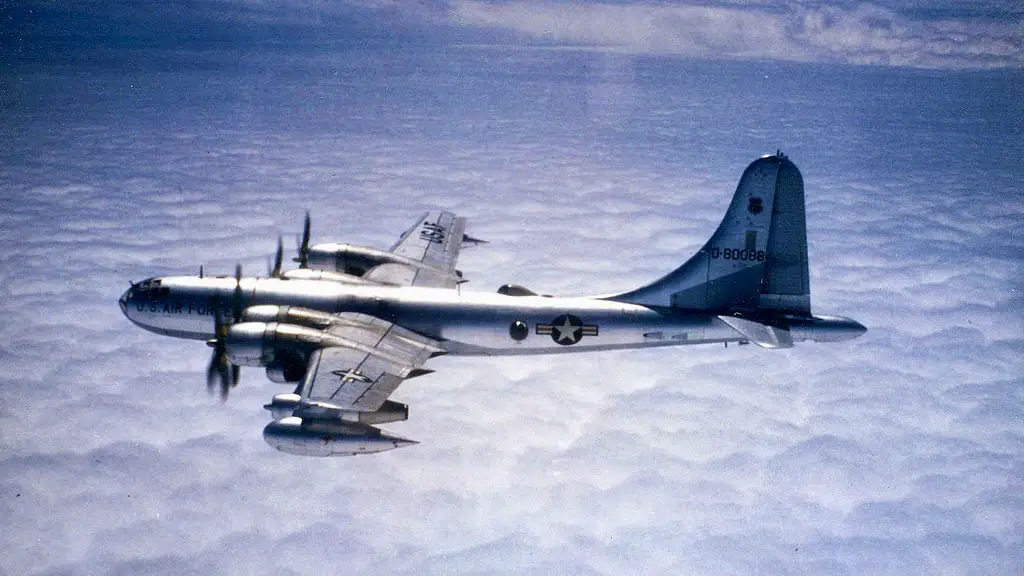
Disappearance
In 1956 a B-47 Stratojet bound for Ben Guerir Air Base in Morocco disappeared over the sea with two capsules of nuclear weapons material in carrying cases. Neither capsules nor debris of the aircraft were ever recovered, and the whole crew perished. On May, 22, 1957 a hydrogen bomb being ferried from Texas to New Mexico was accidentally released from a USAF bomber, taking the bomb bay doors with it. Again, there was no real danger of a nuclear detonation, as the capsule had not been inserted.
On November 4, 1958 a B-47 caught fire after taking off from Dress AFB in Texas. When the burning aircraft collided with the ground, HE charge of the bomb it was carrying detonated, creating a huge crater. Luckily, the weapon’s nuclear core remained intact.
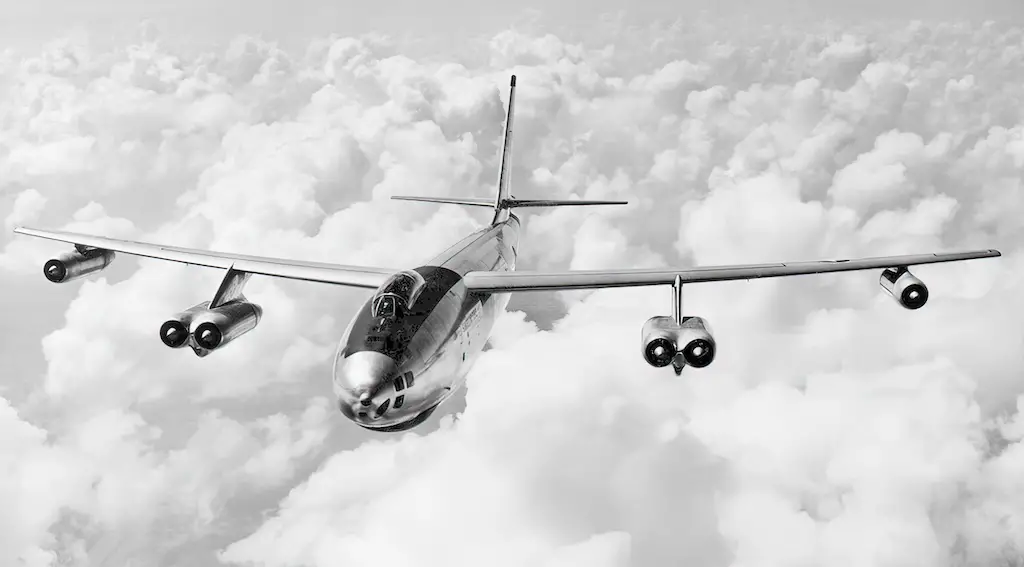
On January 24, 1961, a B-52 Stratofortress broke apart over North Carolina due to a structural failure of its right wing. One of the two bombs it was carrying parachuted and got little damage upon impact, while the other one broke apart after hitting the ground. Some parts of this weapon containing uranium could not be located despite all excavation efforts.
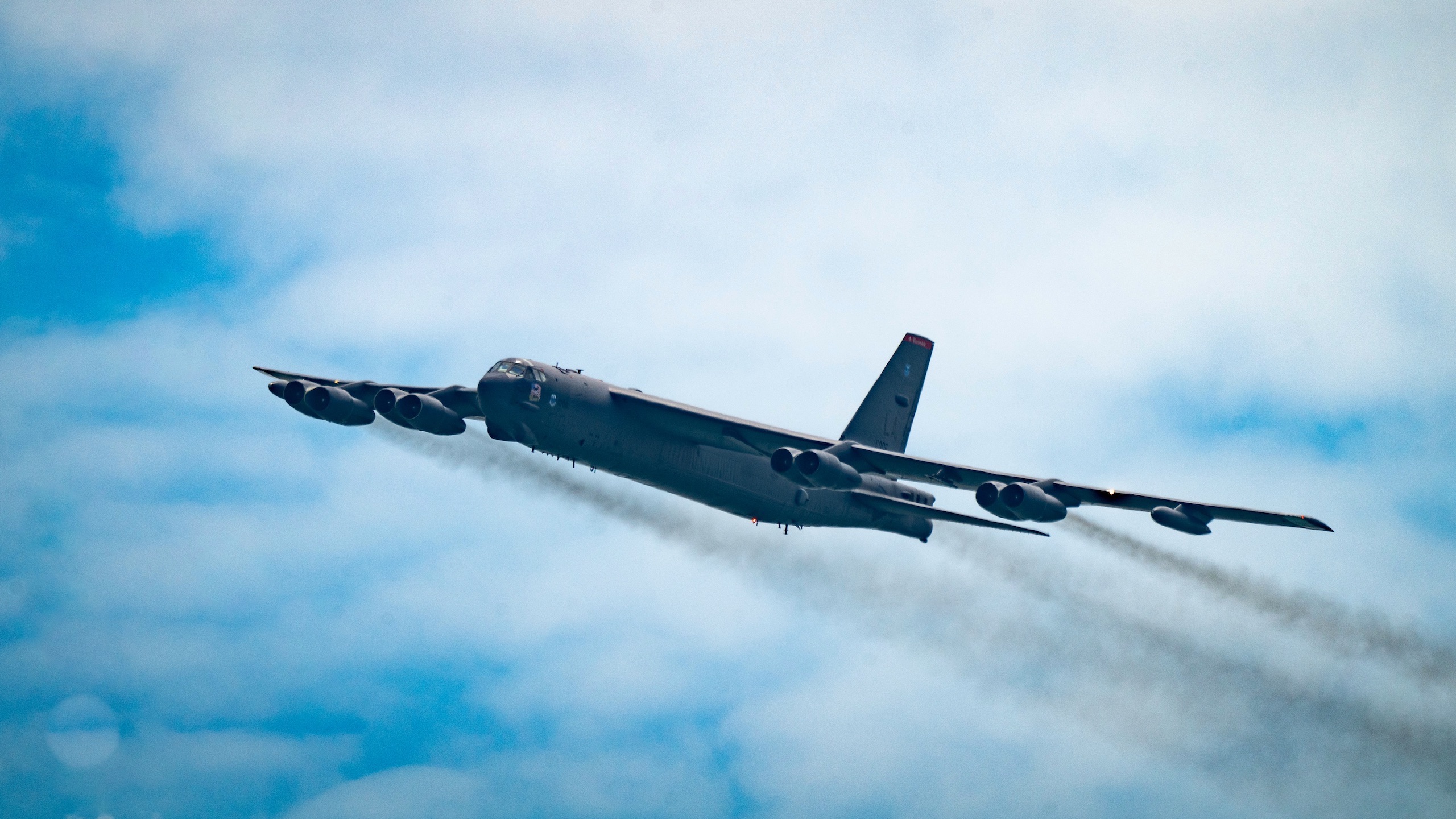
On December 5, 1965 An A-4E Skyhawk attack aircraft loaded with a 1-megaton thermonuclear weapon rolled off the deck of the USS Ticonderoga 80 miles from Japan’s Ryuku island chain in the Pacific. The plane, its pilot, and the bomb were never recovered.
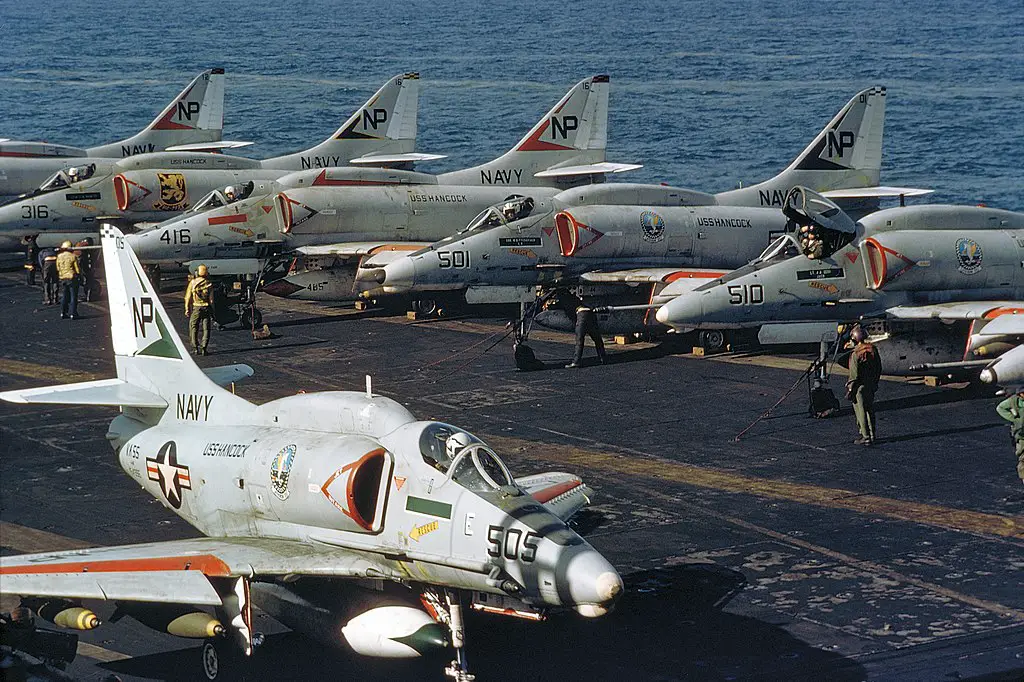
In 1966 a B-52 collided with a tanker while refueling, releasing four nuclear weapons near Palomares, Spain. Two of the bombs exploded upon impact, releasing radioactive materials.
Two years later another B-52 crashed in Greenland with four nuclear weapons onboard, all of which burned, also causing some radioactive contamination in the area.

